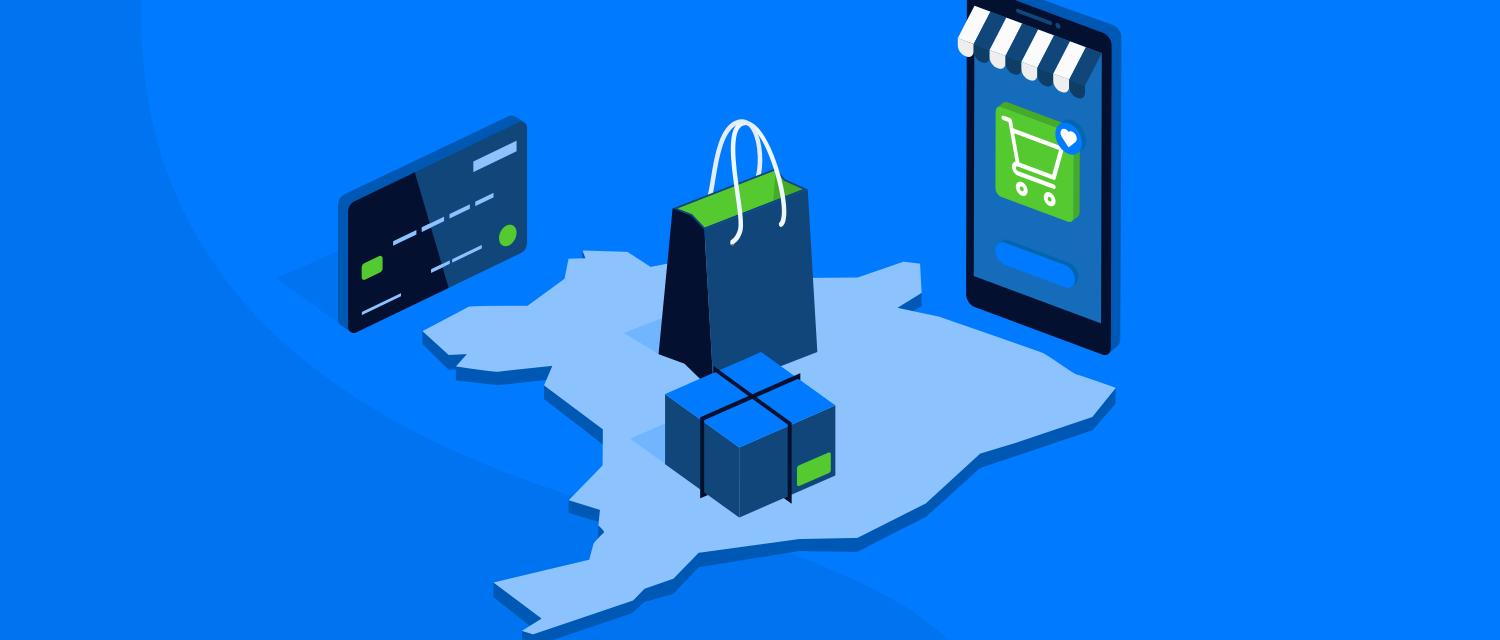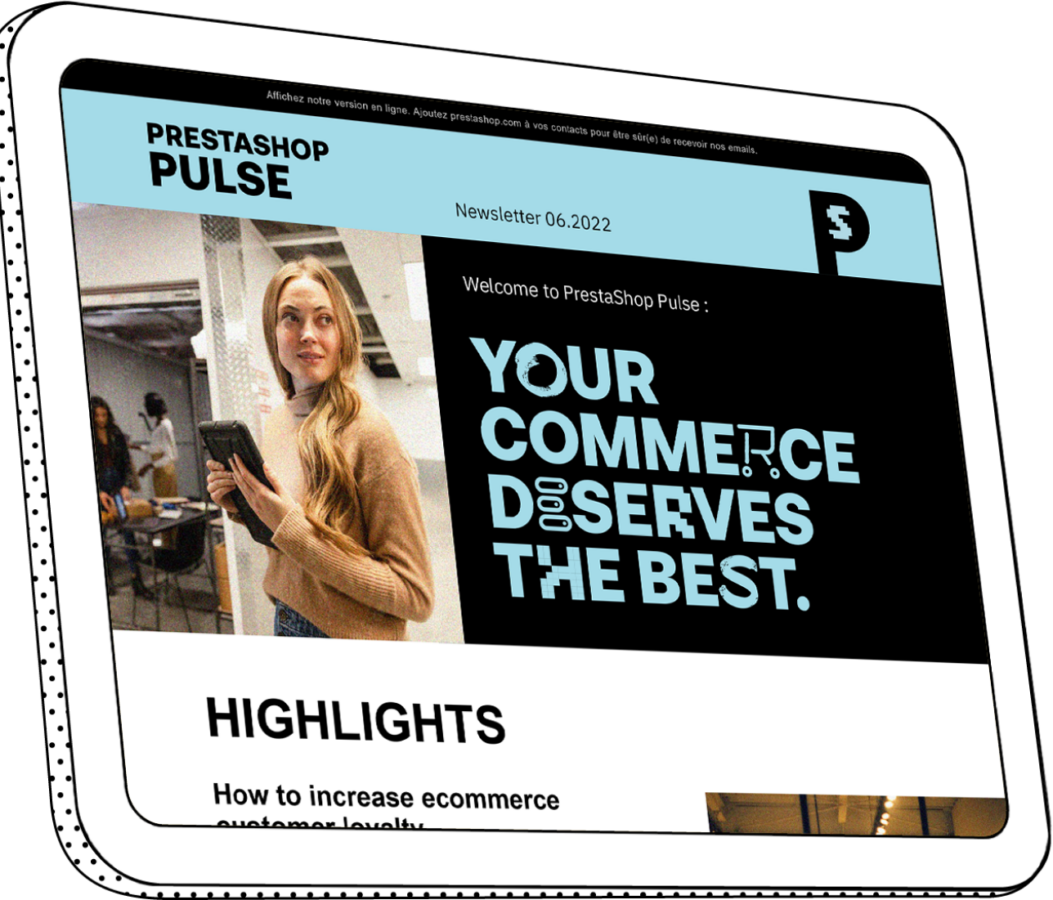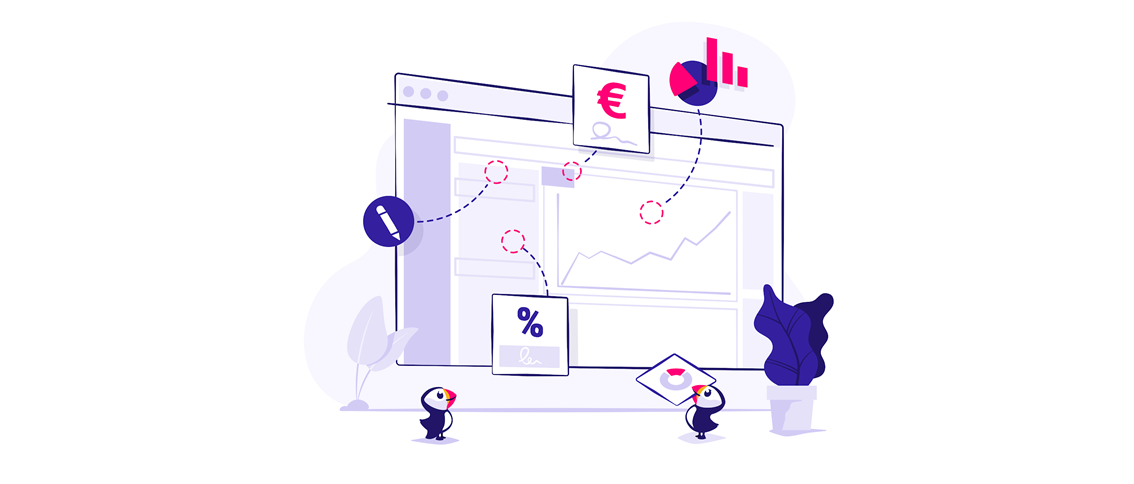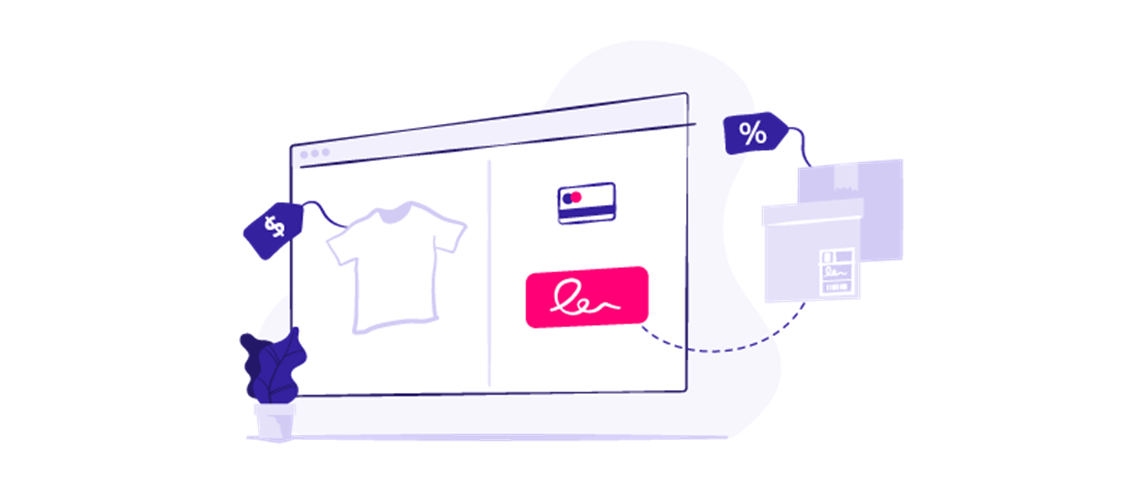Four tips to selling cross-border into Brazil
Brazil is the largest ecommerce market in Latin America, with 34% market share according to eMarketer. With nearly 150 million internet users, there is no doubt the market offers an outstanding opportunity for any online business targeting LATAM.
Ebit|Nielsen shows that products labeled under Household Appliances hold nearly 20% of ecommerce revenue in the country. Fashion, however, represents a larger share in cross-border sales, with 35% of all transactions.
The state of São Paulo accounts for 34.2% of all retail ecommerce sales in Brazil, but southernmost states are also starting to have a bigger representation in the market. According to the 40th edition of Ebit|Nielsen Webshoppers report, the region reached BRL 5.4 billion in ecommerce revenue in the first half of 2019.
However, just like any other market, Brazil has barriers that merchants must overcome if they wish to succeed in the country.
Understand the main barriers for cross-border ecommerce stores in Brazil
Brazil has many particular aspects that merchants should be aware of before initiating their operations. Paying attention to these elements is key to not only increase conversion rates, but also to build a positive relationship with local customers. Brazilians care deeply for customer service: 65% of consumers name this as the most important factor they consider when buying from a company a second time, according to Octadesk and MindMiners report. This means that, even though a few aspects are out of merchants’ control, it is important to anticipate and prepare for difficult scenarios so that the customers overall shopping experience is not affected.
When selling to Brazil, be aware of the following aspects:
Logistics
When arriving in Brazil, parcels must go through Brazilian Customs in either São Paulo, Rio de Janeiro or Curitiba, where they go through a series of inspections prior to being released for delivery. This can significantly delay the product’s arrival in up to three months, not to mention the geographic spread between cities in Brazil, along with poor infrastructure and shipment thefts.
In addition, the despacho postal, a handling fee charged by Brazilian national postal service, Correios, may cause confusion for merchants and buyers: the delivery process will only resume once its payment is confirmed. Many buyers do not understand the nature of this extra charge and end up not paying for it, thus not receiving their product.
Payment methods
Brazil is home to 45 million unbanked adults who are still economically active, even online. The boleto bancário is the second most used payment method in the country, and many shoppers pay for their purchases with this option. In fact, Webshoppers 40th edition shows that 20% of buyers chose this payment method for their online purchases.
To top it off, most credit cards issued in the country are limited to domestic transactions. This means that cross-border businesses that do not work with a local payment processor or are not based in Brazil limit their reach to a smaller portion of the population.
Taxes and fees
Taxes and fees can significantly increase the products value: imported physical goods costing over USD 50 in total – including shipping costs and insurance – are subject to import duty, adding 60% to the purchase amount, along with an additional state tax. Furthermore, when using an international credit card, Brazilian customers also pay 6.38% of IOF, a local tax for international financial operations, in addition to the spread applied to currency conversion, which can sometimes be as high as 7%.
Legislation
Local legislation is also something to be aware of: some products need specific licenses, specially pharmaceuticals, food and supplements, telecommunications and LED products. For instance: smartphones and drones not certified by the National Telecommunications Agency (ANATEL) are not allowed in Brazil.
Frauds
Brazil is one of the leading countries in online frauds, and ecommerce businesses are the main channels for these criminal attempts. In fact, the Brazilian Federation of Banks – Febraban – registers over BRL 450 million frauds annually, and recent data shows that 12 million Brazilians were a victim of online fraud.
Both customers and merchants can be a victim of online frauds. In Brazil, a common online felony is issuing a false boleto bancário for a real purchase. Criminals intercept the document with a malware and alter the invoice data, which means the payment is not compensated in the merchant’s account.
However, since the implementation of the registered boleto, this criminal practice has been reduced. Now, when a boleto is issued, it is registered by the Brazilian Central Bank with both merchants and consumers data, which makes it easier to uncover and track online frauds.
Another common practice is stock abduction: in this scenario, a competitor purchases a large number of products using boleto bancário but does not pay the invoice. Because the payment date is usually set to expire within a few days, transactions are not confirmed immediately. In addition, most boleto payments are confirmed with a delay of up to three business days. This means the parcel is not immediately released for delivery but shows as unavailable for other customers, thus retaining stock. The competitor takes advantage of this situation by selling his products for the same target audience.
Four ways to overcome barriers and succeed in Brazilian ecommerce
Even with its obstacles, Brazil is still a great market to work with. And, with proper planning, it is possible to overcome the barriers and thrive in LATAM’s largest ecommerce market.
1. Partner with local logistics company
Partnering with local companies is an important strategy for cross-border merchants. A shipping company may provide full tracking codes so that buyers can rest assured their product is on its way. Additionally, a local logistics provider may also allow merchants to import large amounts to a distribution center in Brazil, which reduces shipping costs and accelerates the delivery process.
2. Work with a local payment processor
A local payment processor is also an important partner when selling cross-border into Brazil. Selling in local currency and offering domestic payment alternatives is crucial for optimizing payment conversion rates – especially if we consider the unbanked population, who transact over BRL 800 billion yearly in cash, according to Locomotiva Institute.
However, when choosing a local payment partner, ecommerce businesses should be aware of providers working on a hidden fee model, using the “tourism dollar” – an outdated rate created in the late 80s. The tourism dollar is no longer an official rate, but the term is still used for exchange operations related to buying and selling currency for international travel. Some market players apply an inflated spread to the official exchange rate to generate hidden profit margins and camouflage these by using the term “tourism dollar” – which usually increases the costs of currency conversion by 7 to 10%.
3. Offer customer support in Brazilian Portuguese
Providing customer support in Brazilian Portuguese in all channels is crucial for the business’ success. Customers cannot be surprised by extra costs when checking out or receiving their products, so it is important to offer detailed information about the purchase before the buyer proceeds to checkout, especially regarding shipment and additional fees.
Once the customer has checked out and payment is confirmed, sending regular emails reporting the delivery status is also a helpful resource for customer satisfaction, along with asking for feedback once the product is delivered. Also, ecommerce businesses should consider support in Brazilian Portuguese not only online, but also by phone, as Brazilians prefer this channel when seeking for assistance.
4. Protect your ecommerce against frauds
An antifraud solution is an important resource for ecommerce businesses, and merchants should be sure to contract this service. As for stock abduction, some software products are able detect suspicious activities, which can avoid this situation.
In addition, merchants can also work with boleto providers that allows them to set shorter or longer expiration dates according to their needs, as well as fast payment confirmation. PagBrasil’s Boleto Flash® not only allows online businesses to define how many days they can wait for a boleto to be paid, but also confirms payment in less than one hour on business days.
Even with its barriers, Brazil is still a large and profitable market for ecommerce businesses: Brazilian ecommerce registered BRL 26.4 billion in revenue in the first half of 2019, and forecasts approximately BRL 61.2 billion by the end of the year. This means that overcoming these obstacles is worth the shot!






